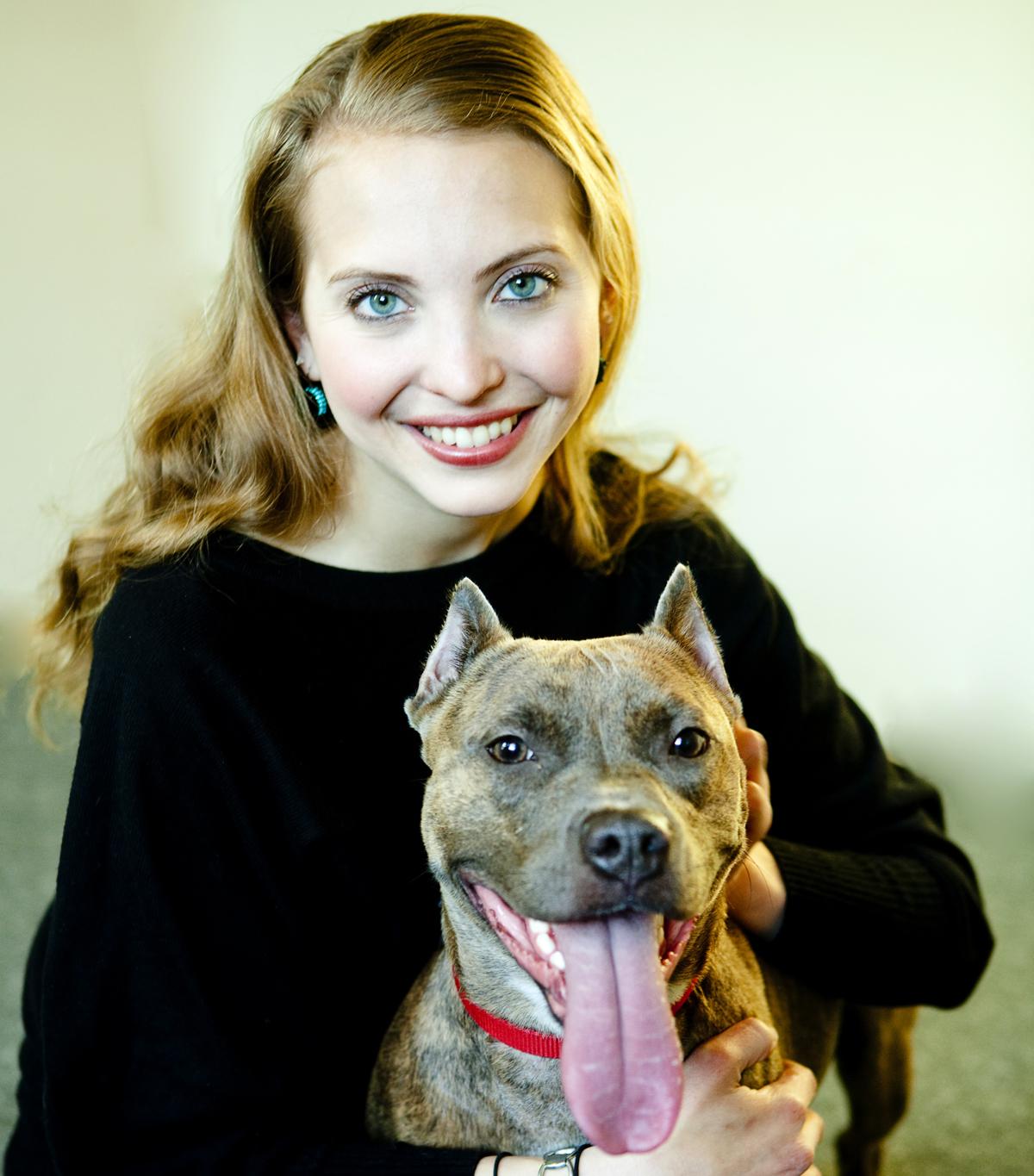Selling Dog-Themed Chocolate and Donating All Profits to Animal Rescue
Hello! Who are you and what are you working on?
I’m Sarah Gross Feoli, the founder and owner of Rescue Chocolate. While our products are only for humans to enjoy, we donate all profits to various animal rescue organizations. I began the company in January 2010, and in the past 8 years have partnered with hundreds of different rescue groups on fundraising.

All of our chocolate bars and truffles are vegan, fairly traded, organic, handcrafted in small batches in Brooklyn NY, and delicious. Each flavor highlights a different issue important in the realm of animal rescue. For example, Peanut Butter Pit Bull calls attention to the fallacies of breed-specific legislation. The Fix urges people to spay and neuter their dogs and cats as the most important step in reducing the numbers of homeless animals. There are links on our website where our customers can get more information about these issues.
Our retail customers are chocolate...

Download the report and join our email newsletter packed with business ideas and money-making opportunities, backed by real-life case studies.

Download the report and join our email newsletter packed with business ideas and money-making opportunities, backed by real-life case studies.

Download the report and join our email newsletter packed with business ideas and money-making opportunities, backed by real-life case studies.

Download the report and join our email newsletter packed with business ideas and money-making opportunities, backed by real-life case studies.

Download the report and join our email newsletter packed with business ideas and money-making opportunities, backed by real-life case studies.

Download the report and join our email newsletter packed with business ideas and money-making opportunities, backed by real-life case studies.

Download the report and join our email newsletter packed with business ideas and money-making opportunities, backed by real-life case studies.

Download the report and join our email newsletter packed with business ideas and money-making opportunities, backed by real-life case studies.






















